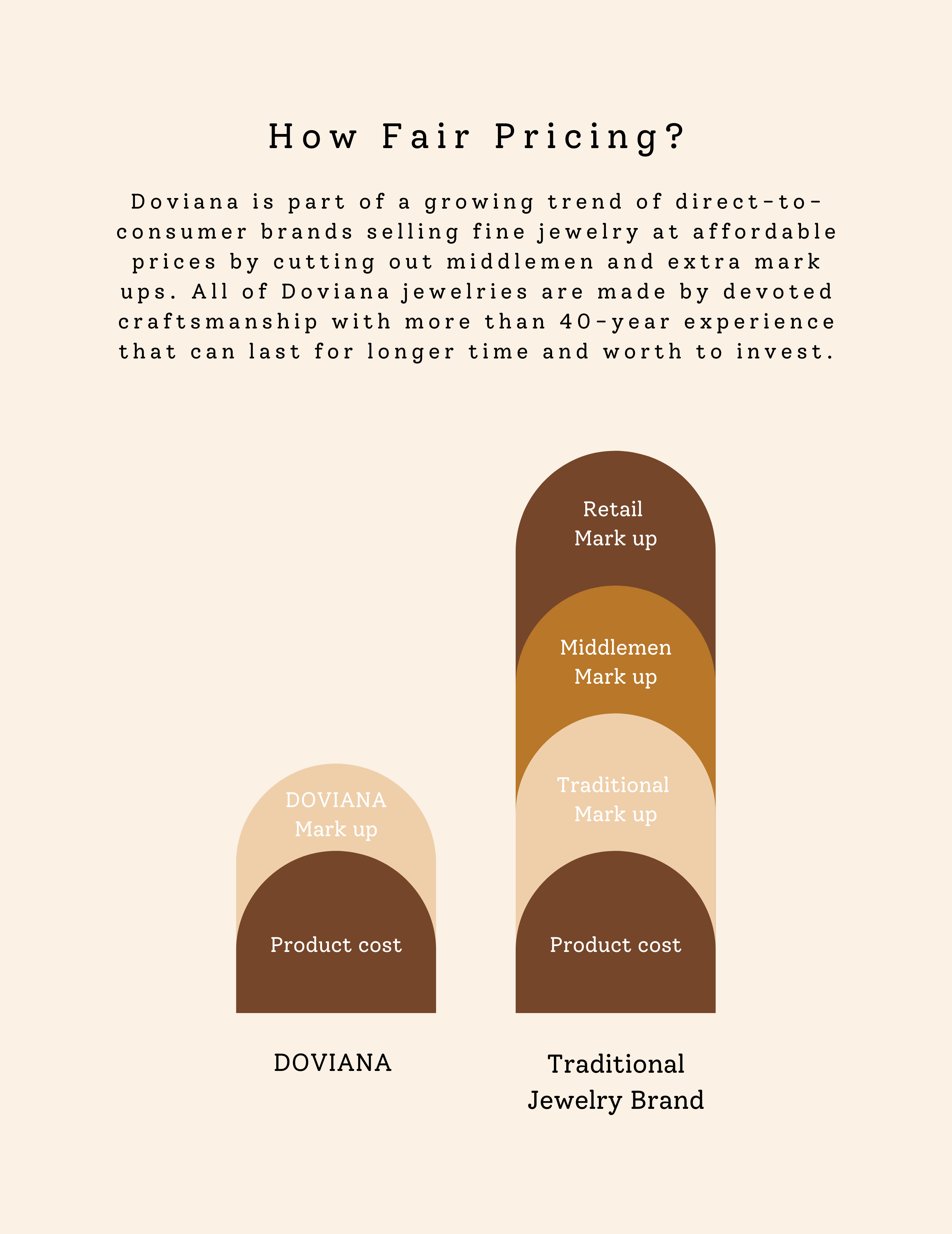- Total $0.00
Understanding Jewelry Gauges
The gauge of your body jewelry piece is crucial knowledge for maintaining your piercing's health and aesthetics. Here's why it matters:
What's the Gauge? The gauge refers to the thickness of the barbell passing through your piercing. A higher gauge means a thinner barbell. For instance, a 22G barbell is ultra-thin, while a 14G barbell is thicker. Jewelry sizes range from 22G to 00G, with measurements in fractions of inches in the US and millimeters internationally.
Why Does Gauge Matter?
-
Health: Matching the gauge of your jewelry to your piercing needle's gauge is vital to prevent complications like jewelry rejection.
-
Healing: Different piercing locations require specific gauges for optimal healing. For example, ear lobes are typically pierced at 20G to 14G. Going smaller risks your body treating the jewelry as a foreign object.
-
Aesthetics: Gauge choice also affects the look of your piercing. Ear lobes are commonly pierced at 20G or 18G for aesthetic appeal.
-
Stretching: Some piercings can be stretched to larger gauges. Consult your piercer about stretching options if you're unhappy with your piercing's appearance.
Small vs. Large Gauges
Small gauges have thinner bars with higher numbers (e.g., 20G), while large gauges feature thicker bars with lower numbers (e.g., 14G). It may seem counterintuitive, but understanding your piercing's specific gauge is key to selecting the right jewelry.
How to Determine Your Gauge
While most piercers adhere to standard sizes, deviations can occur. When unsure, consult your piercer about your piercing's gauge. Here's a list of standard gauges for various piercings:
| Piercing | Standard Gauge |
|---|---|
| Lobe, 2nd Lobe, 3rd Lobe Piercing | 20G and 18G |
| Tragus / Helix / Conch / Daith / Rook / Forward Helix | 16G , 18G |
| Eyebrow Piercing | 16G (14G is also commonly used) |























